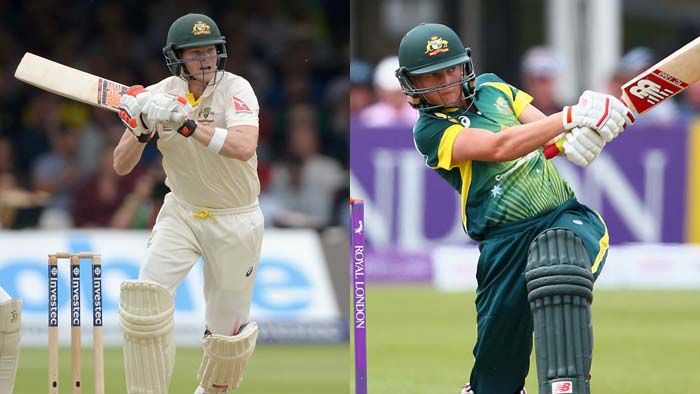The Test series loss by the Australian men’s cricket team to India will trigger a period of reflection, as players, fans and selectors wonder what’s next.
The loss comes about 10 years after Australia’s four most senior players made their debuts: Tim Paine (2010), Steve Smith (2010), Nathan Lyon (2011) and David Warner (2011).
It’s been a rollercoaster decade: highs like holding onto the Ashes in 2019 after the cheating incident, but also multiple home series defeats against both India and South Africa.
Despite the failure to dismiss India at the Gabba, Australia’s bowling attack is its most fierce since the attack led by Shane Warne and Glenn McGrath at the turn of the century.
Josh Hazlewood, Mitchell Starc and Nathan Lyon are in elite company with at least 200 Test wickets each, and spearhead Pat Cummins with 164 is not far behind.
If the form of Starc and Lyon continues to tail off, there are others ready to step up.
James Pattinson heads a backup band supported by players like Jhye Richardson, Sean Abbott and Chris Tremain.
Fears spin has become an area of weakness have been allayed somewhat this year by leg-spinner Mitch Swepson’s 23 wickets in the Sheffield Shield season so far.
A run-scoring duopoly
Steve Smith and David Warner have defined the past decade of Australian men’s Test cricket … for good and bad.
Smith was recognised as the ICC’s Test player of the decade last year. He is on track to match some of the game’s great scoring records if his form holds up, while Warner is not far behind.




Even comparing their records with the 100 all-time accumulators of Test runs, they both impress.
But the gap between them and their current team-mates is jarring.
Since the debuts of Smith in 2010, dozens of batters have been tried and discarded.
Of those that made it to at least 20 innings, some, like Ed Cowan, Usman Khawaja and Shaun Marsh, have been unlucky given their replacements have struggled even more than them.




Of the current crop, only Marnus Labuschagne appears to be on a similar trajectory to Smith and Warner.
Following defeat against India, selectors will go back over recent first-class performances. Will Pucovski and Cameron Green have already been elevated, but others like Ben McDermott are knocking on the door.
Australia is scheduled to host the Ashes in November.
Lanning climbs the ladder
The Australian women’s cricket team capped off a successful decade with their Twenty20 World Cup win in March, days before the coronavirus lockdown.
It was their fifth T20 title from six attempts since 2010.
After failing to make the final in the 2017 ODI World Cup, they will be looking to capitalise on the talents of the current generation to make amends in 2022 in New Zealand — six current players are among the top 100 run scorers of all time.




Lanning is on the path to become the greatest ever if she can replicate the run scoring of her first decade in ODIs.
Ellyse Perry was recently named ICC’s women’s cricketer of the decade, despite enduring a tough year.




Her status as an all-time great is secured, but the team’s bowling attack has strength in depth.
Both Megan Shutt and Jess Jonassen debuted in 2012 and now have more than 200 ODI wickets between them.
The team plays Twenty20 and ODIs in New Zealand in March and April. The ODI World Cup is scheduled for the same time in 2022.







